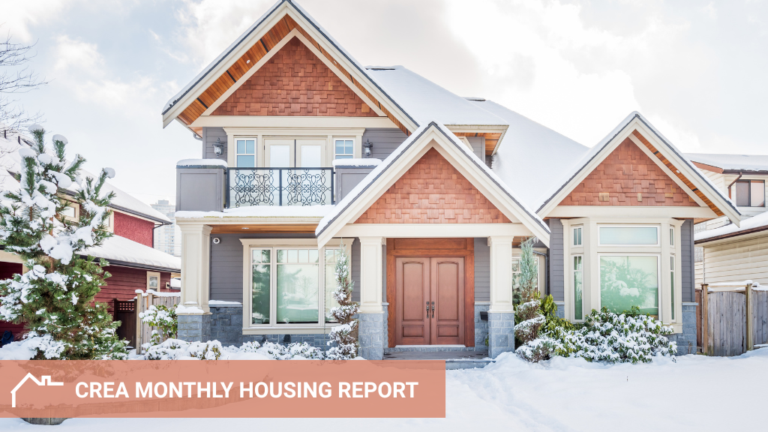
The air is warmer, the days are getting longer, and after an exceptionally snowy winter, the grass is finally starting to reveal itself. Spring officially is upon us, which means that all of that snow is starting to melt. As the spring makes its arrival, be sure to take these important steps to protect your home and prevent major water damage during the seasonal thaw.
Inspect your home’s foundation
As temperatures rise, melting snow can lead to water pooling around the base of your home, increasing the risk of leaks, cracks and basement flooding. To redirect water runoff, clear away any snow and ice from your home’s foundation, including window wells, basement entrances and exterior vents.
Patch up cracks
Take a closer look at your home’s exterior. Seal and repair any cracks in your walls, foundation and around windows, to ensure moisture does not penetrate the building. If you discover a leak, even a small one, consider contacting a professional. What seems like a small issue can escalate quickly into major water damage, which is often costly and complicated to repair. Staying proactive now can save you time, money and stress down the road.
Clean out your drains and eavesthroughs
Clear out built-up ice and debris from your eavestroughs and downspouts. This is an integral part of your home’s water draining system, and if the flow is clogged, it can result in major damage. If there is a drain on the street near your property, be sure to clear any leaves and garbage away from the grate so melting snow from the road can flow freely. Regularly checking and clearing your gutters ensures water is directed safely away from your home.
Also, don’t forget the street-side drains. If there’s a storm drain near your property, make sure the grate is free of leaves, ice and garbage. These clogs can prevent melting snow and rainwater from draining properly, potentially causing water to back up onto your property or into your basement.
Beware of overhead leaks
If your roof is in need of repair, this is likely the time of year when those issues reveal themselves. As snow and ice begin to melt, you may start to notice water spots forming on your ceilings – one of the clearest signs that water is seeping in through damaged or aging roofing materials. Don’t forget to check for leaks in the attic as well. Look for damp insulation, water staining on beams or a musty smell. Early detection is key, and addressing roof issues now can help you avoid more extensive and costly repairs down the line.
Check up on your home systems
Before you turn on the air conditioning for the first time this season, take a few minutes to inspect the unit and ensure it’s functioning properly. Look for any visible signs of wear, debris buildup or damage to the outdoor unit, and test the system to confirm its cooling efficiently. This seasonal check-in is also a great time to tackle a few other important maintenance tasks, such as replacing the furnace filter and changing the batteries in your smoke and carbon monoxide detectors. These small steps go a long way in keeping your home comfortable, efficient and safe year-round.
Review your insurance coverage
Spring thaw can bring increased risk of flooding, water damage and sewer backups – especially in areas with heavy snow accumulation or older drainage systems. It’s a good idea to review your home insurance policy to make sure you’re covered for the types of damage that commonly occur during a thaw.
Standard homeowner policies don’t always include flood protection or sewer backup coverage by default. If your basement floods due to melting snow or if stormwater overwhelms the municipal system and backs up into your home, you could be on the hook for repairs unless you’ve added this coverage.
Reach out to your insurance provider or broker to go over your current policy and make sure you’re protected. Look for these key add-ons in your policy, such as overland water coverage, sewer backup coverage and sump pump failure. A small monthly premium can save you thousands in potential damage and restoration costs.
For more on how to prepare your home for the season, check out our Spring Cleaning 101 blog post.





